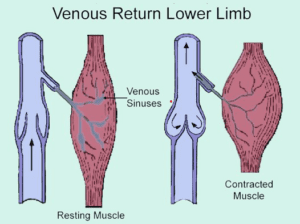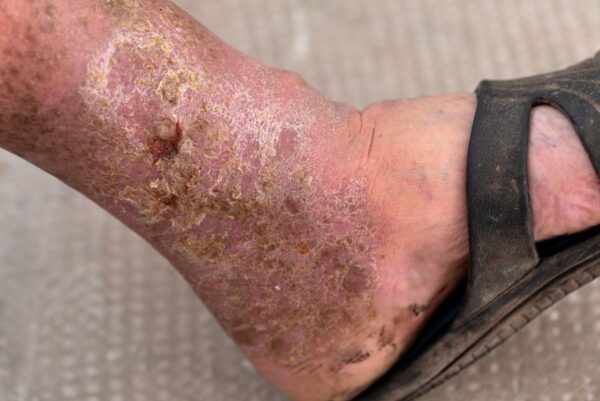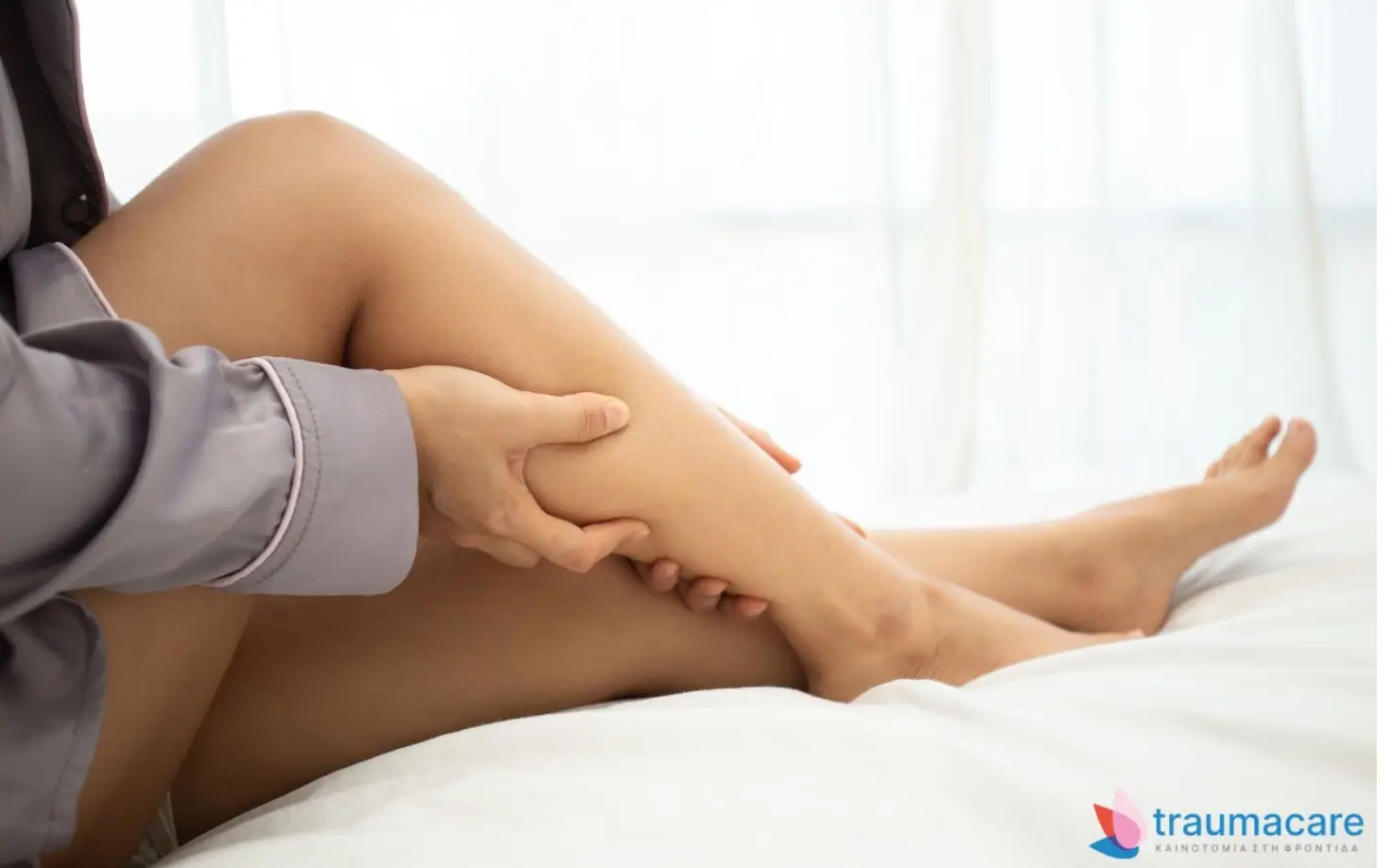It is commonly accepted that venous leg ulcers are a painful condition and their treatment is a difficult task. Venous ulcers are mainly located on the shin, near the ankle. They usually have a characteristic form as they manifest as light red or purple scars in a round shape on the surface of the skin. In severe cases, the wound can be quite deep and extend into tendons or bones. Also, a venous ulcer is painful and surrounded by hard skin, may ooze foul-smelling fluid, and be swollen. Venous ulcers usually occur in the elderly and people with circulatory problems.
Did you know that a venous ulcer is the most common type of leg ulcer? 80% of leg ulcers fall into the venous leg ulcer category.
How a Venous Ulcer Forms
A venous ulcer is created by the chronic stasis of venous blood in the peripheral blood vessels of the leg. Due to the pressure exerted by the pooled blood on the vessels, they widen and form swollen veins. These veins are called varicose veins. Varicose veins appear on the skin as swollen lumpy veins and are dark purple or blue in color. Long-term blood stasis can build up high pressure inside the veins and cause the tiny blood vessels (capillaries) to burst, causing inflammation, itching and dry skin. The tissues around these pathological veins do not receive the necessary amount of oxygen and nutrients, due to no blood circulation and as a result the skin atrophies. The tissue necrosis in the area causes the skin to open up and wounds, ulcers start to form. These types of ulcers are called venous ulcers. Venous ulcers are deep wounds that are very difficult to heal.

But what can lead to the stagnation of blood in the vessels? The most common cause is chronic venous insufficiency. Chronic venous insufficiency is a necessary but not sufficient condition for ulceration. Defective valves in the leg veins malfunction and allow blood to back up, causing blood to stagnate in the legs’ veins, causing varicose veins. Venous thrombosis is yet another reason that can lead to the appearance of a venous ulcer. Clots that appear in the leg can damage the valves in the veins and blood cannot flow as it should.
However, heredity and gender play an important role in the appearance of venous ulcers. Women are more likely to develop venous ulcers than men. Weight gain and prolonged standing put stress on the legs, increasing the pressure on the veins. Also, paralysis or chronic immobility can weaken the gastrocnemius muscles, which can affect circulation in the leg veins. Other diseases that can cause venous ulcers are:
- Diabetes
- Cancer
- Neuropathies
- Sickle cell anemia
- Vasculitis
- Rheumatoid arthritis
- Pyoderma gangrenosum
- Autoimmune
"Chronic venous insufficiency usually affects people over the age of 60. The risk increases as you get older"
Venous Ulcer: Prevention and Treatment

Primarily, the adoption of good habits by the patient is of highly importance for the prevention of venous ulcers. In case there is a predisposition to the development of venous ulcers, it is recommended to exercise regularly, avoid standing or sitting a lot of hours during the day.Moreover, a healthy diet is also a key factor in preventing the development and recurrence of ulcers. The patient's body must receive the necessary nutrients to achieve healing of the ulcer. Foods full of fat such as meat or processed food can cause weight gain and worsen the condition.
For the treatment of venous ulcers, doctors recommend any of the following methods or a combination of them, depending on the degree of the disease.
- Antiseptic cleansing of ulcers is very important to remove germs and prevent a venous ulcer from getting infected. The presence of antiseptic precautions contributes to the removal of necrotic tissue and faster healing of the wound. To clean the ulcer and the surrounding area, choose Prontosan Wound Irrigation Solution wound and ulcer irrigation solution with polyexanide 0.1% and Betaine 0.1%.
How do I use Prontosan Wound Irrigation Solution in a Venous Ulcer?
- First, clean the wound by flushing the area of the ulcer with colorless liquid Prontosan Wound Irrigation Solution.
- Soak a sterile gauze pad in the Prontosan Wound Irrigation solution and leave it on the wound for about 10-15 minutes.
- Remove the gauze and then rinse again with liquid Prontosan solution.
- Apply Prontosan Wound Gel Fluid to the wound to extend the antimicrobial action of the solution for up to 72 hours.
Prontosan Wound Gel Fluid is used adjunctively with the aim of slowly invoking the polyexanide (mild antiseptic) so that the wound surface is clean.
- Elevating the limb so the pressure on the leg veins is lower. Raise your legs whenever you can, and as high as you can. Raise the bottom edge of your bed (15-20 cm) so that when you are in bed your feet are slightly higher than your head.
- Compression bandages or stockings help keep the pressure on the leg veins low when you are standing. Several layers of bandages may be required to obtain the necessary pressure to control the veins. Once the ulcer has healed, compression stockings are usually necessary to prevent the ulcer from returning.
- The application of venous ulcer dressings plays a key role in the rapid healing of the ulcer. Pads relieve pain and absorb exudate. At the same time, they maintain the appropriate moist environment in the area of the ulcer and protect against possible infections.
Tip! Choose Silicone Foam Pads for fast healing! In case dressings are difficult to remove due to crusting, you can moisten the dressing with Prontosan Wound Irrigation Solution until it is easily removed.


